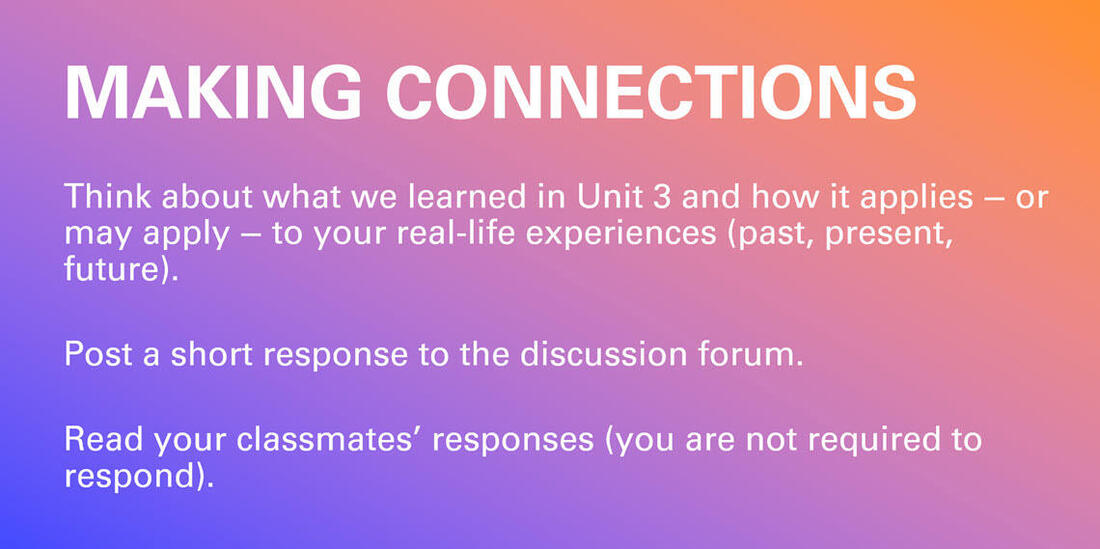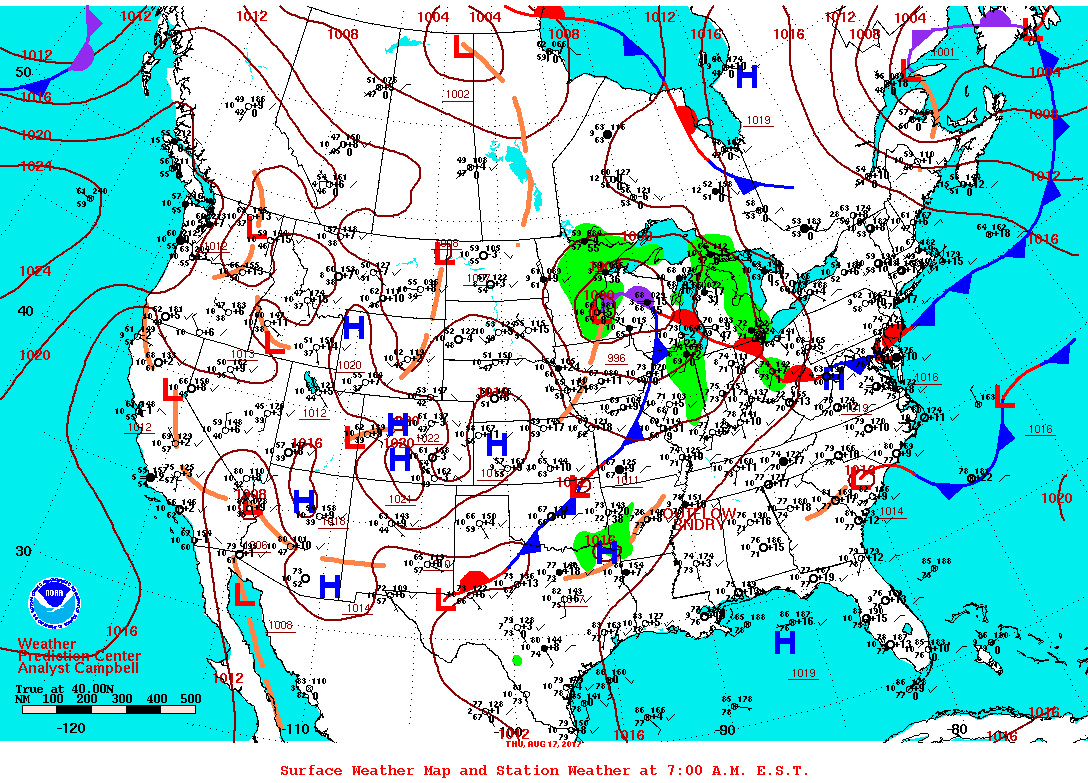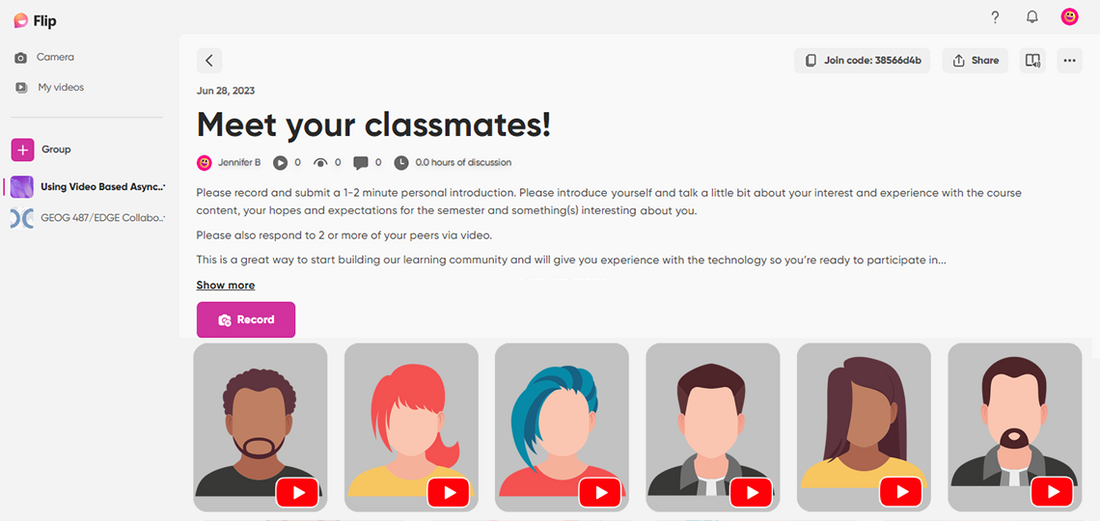[Student 1] To touch on what you said about the nuclear power real quick. Funny enough, I was just listening to The Economist, who was, they were doing a report on nuclear power plants. And basically, they were kind of saying that, so for example, right now in Britain they are building new power plants. And they're creating a process of, kind of like this copy and paste, where they're developing them in a way where they're copying the methodology. So, when they make another one it's faster. And then they make another one, they learn from that, and it's faster. And they're also applying this to make many nuclear plants now, so that they can kind of implement them a little, how do you say, like more variety or further out? I'm sorry that didn't make sense.
[Student 2] Yeah, I've read that before. They're like little, they're little like micro-reactors, almost, or something. Yeah, you know? I heard, but it's almost like kind of what they use in like, nuclear submarines. They're some very small, kind of like, you know, micro grid power. You know, which is pretty, you know, you don't like, you know, nuclear power is one of those things that's, you know, become very political. You know, just like pretty much almost everything has now. But, you know, it's one of those things that it's, you know, you're not burning fossil fuels. You know? But it is, you do have, like, an inherent danger with nuclear power because of, you know, of what it is. But, you know, if they can find a way, because nuclear power plants use nuclear fission, which isn't sustainable. I know they have been working on trying to develop, like, nuclear fusion, which is sustainable, for I don't know, probably the last 50 years, trying to develop a way to make that into a power plant. But yeah, I mean, it's going to be interesting how they're going to try to grow the grid to support, you know all, of all the needed power now you're going to, you know, need for all the electric [unintelligible] and stuff.
[Student 3] It's also interesting to see how that's gonna get passed on to the consumer with all the increased infrastructure costs, how that's gonna trickle down?
[Student 1] Actually, you know, so one of the things they were talking about, well, actually to touch on your point about the fission, they actually, some of the mini reactors they said they can build it with a cooling system of natural water. So, what they do is they kind of submerge the plant in a pond and they have, or pond, or bigger body of water, and then their cooling system has the water continually run through and cool the rods. And, if, as a safety measure, if that goes awry basically a system engages that floods it with the surrounding water. So, it kind of makes it a little easier to avoid a catastrophe. And then, as far as the grid thing, they were also saying one idea that they had, which I don't know how popular this would be, but they can start adding the cost of building these plants into your utilities. So, you would have like part of the risk would go to the companies that are building them, and then some of the income for it would come from taxes and utility customers, so that they could kind of plan for the future of installing these. So, kind of a way to mitigate costs. But yet, I don't know. It was really interesting too, what you had to say about the noise of the vehicle. I never thought about that. And I tell you what...
[Student 2] Yeah, you're right about that.
[Student 1] Yeah, no that, I can't tell you...
[Student 3] Next time you're buying an electric one, go ahead and listen to when it gets slow, because it's hilarious sounding.
[Student 2] That's too funny, because I could have sworn, I almost got hit by a Tesla the other day in the parking lot. Thing was like creeping around the corner at me. If I didn't hear like, the tires on the pavement. Yeah, they are quiet. It is... I never drove one. I think I would love to drive one to see what it's like, because you know, you're not shifting gears when you, you know, go to a higher speed and everything. It's just like, it's gotta be completely weird to be in it, but...
[Student 3] My sister's boyfriend has one and it is smooth, but it uses so much of its battery when you try to, like, accelerate like that. So, he's constantly having to go to, like, a Chili's parking lot to freaking charge it. And I just, he was like, "You should get one," when I was getting a new car. And I was like, "I see what you have to do. I don't want to do that."
[Student 1] Yeah, I work for Carvana, and we had a Tesla come through. I got to drive out a little bit and I think I did, like, I guess an hour and a half drive, and it probably dropped about ten to fifteen percent on that drive. It was very smooth. It was very smooth, very fun, but I can only imagine how often you have to charge it.
[Student 3] And if you live in, like, an apartment or something, you're sh~t out of luck. Like you can't, there's nowhere to plug that in.
[Student 2] Yeah, so we have, at my work we have, like, we're supposed to go, I think it's like, 75 percent electric by like, 2035, or something? You know, they put a goal out. But they have like, three charging ports per, like, office, and they start, they started buying like, all these Nissan Leaf, or like, little Chevy Bolt. Like, little, tiny SUVs for like, the supervisors and everything. But now they all fight over who's gonna get these three little charging boards. It's funny, because like, having worked for the electric company we can just, you know, put more in. But no. No, that's funny because of, you know, low demand and everything else. It's, you know, it's definitely an issue, especially in the future. So, it'll be interesting to see what happens.
[Student 1] Well, like you said even with cost, some of the research I was doing for the fleet vehicles, for example, the batteries, like the lithium-ion batteries, are such that ideally would be the ones that have greater charge, are also the most expensive. And yeah, so that just feels to the cost as well as just driving times, are so, everything's so much of a variable.
[Student 2] It is, yeah. I know, like hydrogen batteries also, yeah, have a lot of capacity but nobody wants to drive around with hydrogen next to them.
[Student 1] If I had a little more time, I was gonna mention hydrogen stuff, hydrogen batteries, in here, because I know I, or I thought there was a few out in California. And I know there's a few in like Sweden or the Netherlands area. And they don't seem to have any problems. That I [unintelligible]
[Student 2] No, I don't. Yeah, I think they are really good at containing it. I don't think you would really have problems. I think where they have issues is like passing it through, I don't know, either Department of Transportation, or whatever the heck it could be. You know? I don't, you know, how that could be, I guess.
[Student 1] It's like you said with the nuclear power plants, there's kind of this stigma. Right? Of danger to it, and that kind of hurts local support, which is really what it takes to implement something so vast. You know what I mean? Yeah, that's changed like that.
[Student 2] Yeah absolutely. Oh well. Hey, there's... I guess, should we end it? What do you guys, what are we on? We're on, like, oh we're almost like a half hour.
[Student 1] Yeah, I think we're good. Yeah, well it was, it's good talking to you guys. It's nice meeting you. Hopefully this stuff does, you know, I see it's still obviously recording, but hopefully it definitely saves. And I'll definitely track it down and get it to you guys as soon as I can.
[Student 3] So... That sounds great! Thank you! Thanks for recording and setting this up.






